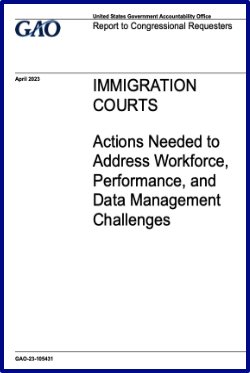By Rudy Schulkind
The introduction of automatic deportation for so called ‘foreign criminals’ convicted and sentenced to 12 months or more under the UK Borders Act 2007 (unless certain exceptions apply including the right to a private and family life), followed by further provisions in 20121 and 20142 , has led to an increasingly strident regime that makes it mandatory to separate a child from a parent. That is, so long as any harm that is caused to the child, parent or partner is not ‘excessive’. In the case of children, these provisions are relied upon by the Home Office and the courts to override the government’s statutory duty to promote and safeguard the welfare of children. Through our legal casework BID has witnessed first-hand the devastating impact this regime is having on families and communities. We have undertaken this research so that we can shine a light on this cruel and inhuman policy. Our research is primarily based on interviews with fathers facing deportation from the UK. It is the words of those directly affected that form the substance of the report. The testimonies of the fathers we spoke to are powerful and often heart-breaking, and paint a picture of an entirely broken system that cannot be in the public interest. Section 1 of the report examines the sprawling impact of the deportation system, from the individuals punished permanently and given no second chance because they don’t have a British passport, to the children and families treated as collateral damage. Families were placed in extreme practical, financial and emotional hardship by extended periods of uncertainty under the constant threat that family life will be brought to a permanent end. Not only were the fathers we interviewed prevented from working, they faced repeated periods of detention that were traumatic for the entire family and placed an even greater practical burden on the mother. A particular focus of this section is the devastating impact deportation has on children. In the interviews we carried out, fathers facing deportation reported their children developing anxiety; crying constantly; unable to let their dad out of their sight; withdrawing from everything; loss of appetite; difficulty sleeping; having nightmares; and in one particularly serious case self-harm and attempted suicide. In addition to these testimonies we present evidence of recent academic insights about enforced parental separation in a number of different contexts. Somewhat unsurprisingly the evidence overwhelmingly finds that being forcibly and permanently separated from a parent generally has severe consequences for a child’s wellbeing and long-term development. Section 2 of the report concerns access to justice. The removal of legal aid and successive legislative changes have had a particularly detrimental effect on people seeking to appeal deportation. Interviewees explained the myriad interlocking barriers to justice they had been forced to confront. These include the complexity of immigration law and the prohibitive cost of private representation, as well as practical obstacles for those deprived of their liberty. The frequent and excessive use of detention, itself an injustice, leads to additional practical barriers to challenging deportation, particularly where this takes place in a prison. The first-hand evidence from our interviews reflect a dysfunctional system designed to make it practically impossible to even access a fair hearing. Alongside this we also present evidence from our own Exceptional Case Funding (ECF) project. We have found the ECF scheme to be unnecessarily burdensome and entirely inaccessible to unrepresented individuals.
London: Bail for Immigration Detainees, 2021. 40p.




















